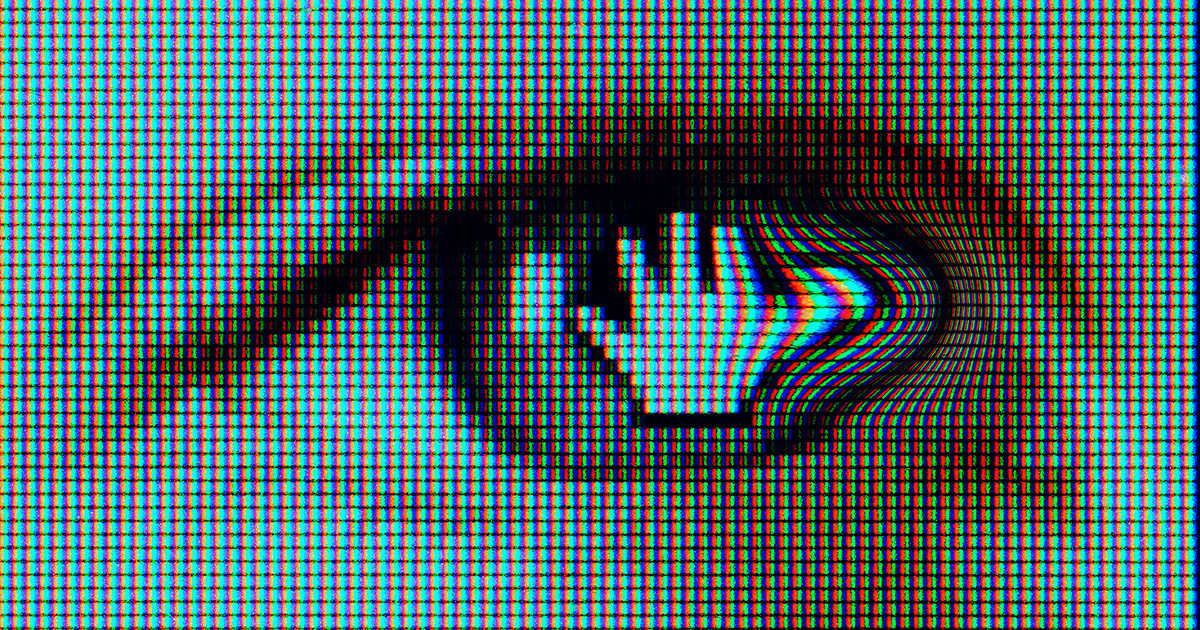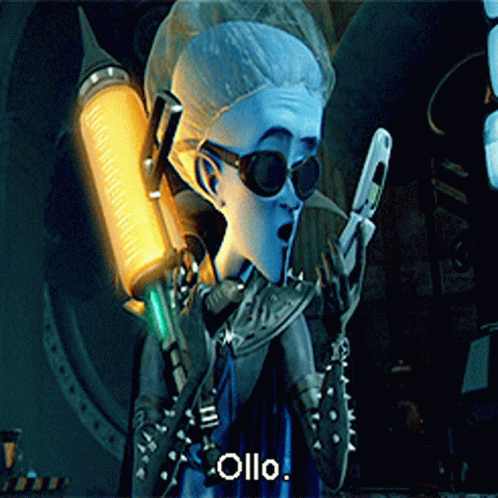Badlucktroll
Member
"Olo". They have to fire a special laser into your eye and then you see a square of "Olo"

 futurism.com
futurism.com

Scientists Hack Human Eye to See a Whole New Color, Called "Olo"
Scientists used laser pulses to hack the human eye into seeing a brand new color, which they termed "olo."
"THERE IS NO WAY TO CONVEY THAT COLOR IN AN ARTICLE OR ON A MONITOR."
Last edited:








